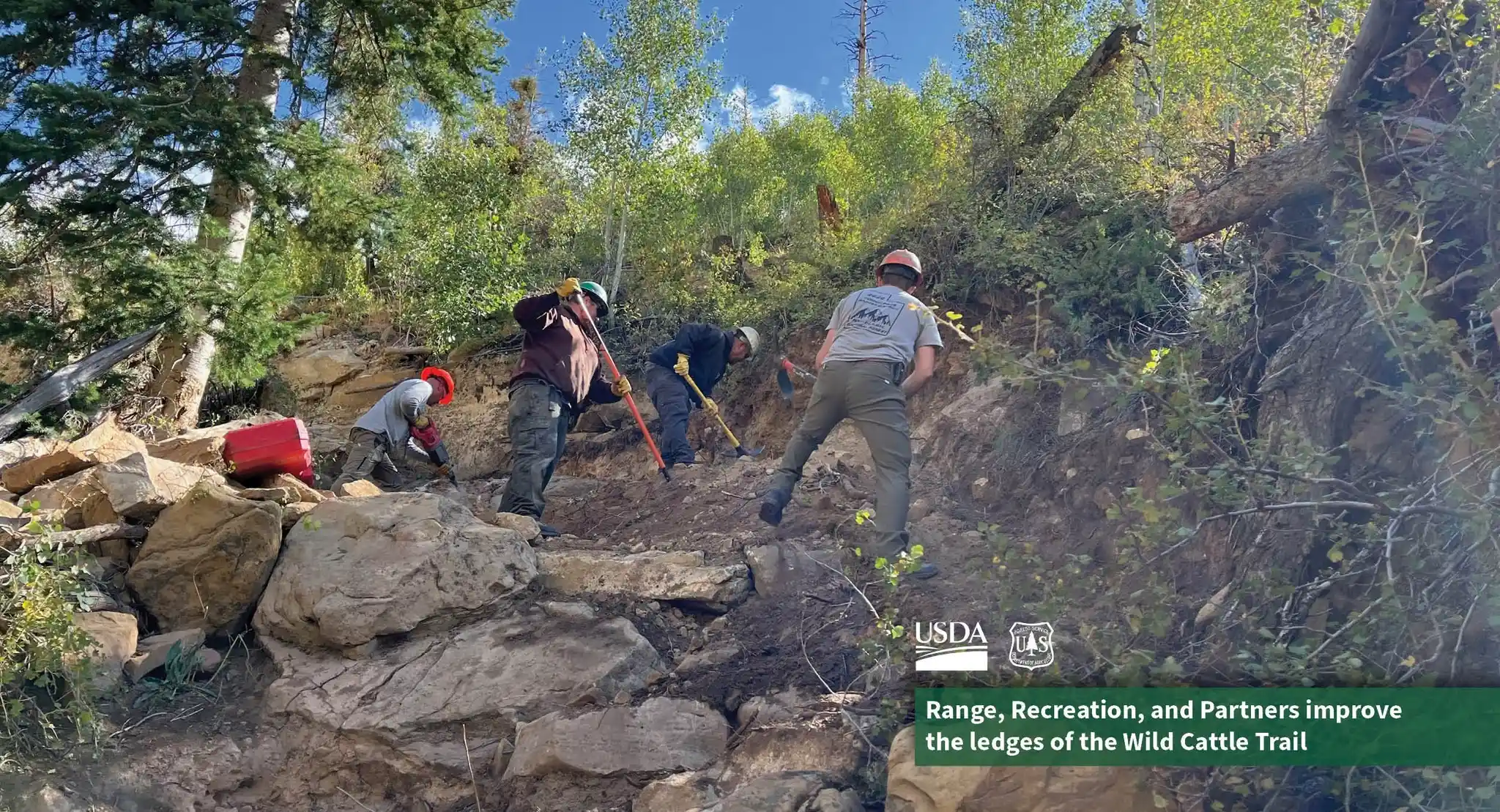I’m re-reading “The Legend of Colton H. Bryant”, by the Wyoming writer, Alexandra Fuller. (Her current National Geographic cover story, In the Spirit of Crazy Horse, was my inspiration.)
Colton Bryant was a young rough-neck who died working on an oil rig in Wyoming. The book is beautifully written. It is also horrifying in terms of what happened to Bryant and why, but how horribly he and his family were treated after he fell from an unprotected ramp.
The book is also a frightening to peek inside this industry in which protecting human lives and the character and quality of rural communities, is bad for business.
I’ve got a number of Fuller’s books (“Don’t Let’s Go to the Dogs Tonight”, “Scribbling the Cat”, and her latest, “Cocktail Hour under the Tree of Forgetfulness”) so it seems uncannily coincidental that I picked her Colton book to read the same week as I hear about plans the BLM has for Moab.
Next February they’re proposing to lease for oil and gas development 3600 acres, bordered on the north by the Pack Creek road (which is also the southern boundary of Moab’s watershed) and less than a mile east of Highway 191.
What does this mean for Moab?
Alexander Fuller found out about Colton Bryant’s life and death while researching a story for the New Yorker on the impact of oil and gas development in the west. Reading that article (Boomtown Blues, Feb. 5, 2007) stood me upright and since then, I’ve been paying close attention.
IF there’s an example of an oil and gas town that hasn’t had its aquifer and air polluted, I haven’t heard about it. Horror stories (residents of Pavilion, Wyoming now drink water trucked in; Pinedale can’t meet the EPA’s allowable ozone limits) are everywhere.
Is this Moab’s future? Are any plans being made to insure our watershed is protected? And what recourse will we have if it’s not? And our air? We already suffer during winter inversions.
The Gillette Syndrome is a term coined in 1974, based on the impacts of coal development in Gillette, Wyoming. It’s now used to describe the impact to the social fabric of a community near resource extraction when populations rise temporarily, giving rise to housing shortages and increased crime.
Since oil shale was discovered near Williston, North Dakota, the population has risen 13 percent and call volume at the police department is up by 260 percent.
According to an Energywire article from June of this year:
Since about 2007, job seekers have been arriving in Williston only to find there is no place for them to live. With no houses and limited hotel capacity, workers are living in “man camps,” which are temporary accommodations meant to hold large crowds of migrant workers. The dormlike living conditions for hordes of young, single men sometimes give rise to drinking and other rowdy behavior…That type of behavior has a significant impact in a town that has a history of traditional values and where residents have long felt safe enough to leave their doors unlocked at night.”
Meth wasn’t a problem in Gillette’s boom days, but is now.
“If you’re not wired your fired,” is a popular saying among oil field workers.
It refers to the added ability a worker has to be out on the rig for great lengths of time, but also the encouragement to use drugs they get from management. A Wyoming public health worker told me that the number of crystal meth cases and the number of oil wells can be plotted on the same graph—the more wells near town, the more meth in town.
Moab is better than this.
Moab doesn’t need this.
The Legend of Colton H. Bryant and the BLM Lease Sale announcement.
Read them and weep. We can’t do anything for Colton Bryant, but we might be able to stop a lease sale that could potentially undermine what we’ve created here in Moab.




